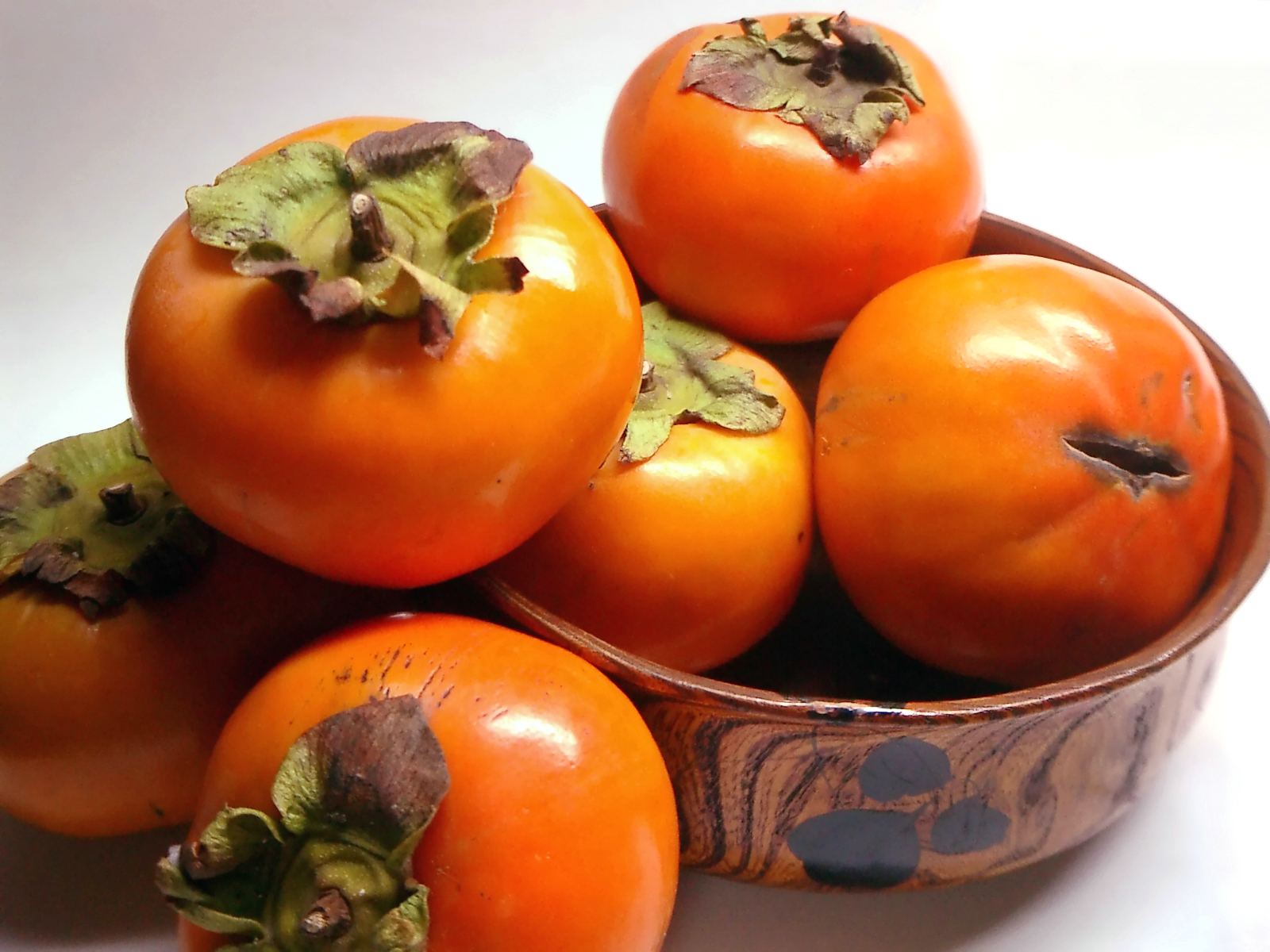- Know your stressors - recognizing when we are stressed is a big piece of the puzzle. We can then be proactive about it by engaging in stress-relieving activities
- Stay hydrated - when we are dehydrated that simply causes physical stressors as well. Drink water to stay hydrated, not caffeinated beverages. Caffeine has been known to increase anxiety and to raise blood pressure, not good combinations for a stressful situation
- Eat well - make sure to not let your blood sugars dip out of control. When this happens we are more likely to binge eat, especially on sugars, which can further destabilize blood sugar. Having small snacks that are high in protein such as raw nuts, or delicious crunchy veggies with hummus are a great way to help avoid the munchies later in the day.
- Sleep - the temptation when we are stressed about impending deadlines is for us to pull an all-nighter. This can actually impair cognitive function. When we are well-rested we are better able to handle stress.
- Breathe - when we are stressed we often start to breathe shallowly. This is usually an unconscious shift. By stopping to take deep, slow breaths we help to oxygenate and we also force ourselves to calm down, even if just for a little while. Try it now, take three long slow deep breaths, you'll be amazed at how different you feel.
- Try whole body relaxation - this is a process where you tense and relax the muscles in your body. The entire process takes just a few minutes but can help to let go of a lot of stress. Typically the pattern is to start by tensing the muscles in your feet, counting to five, and then relaxing them. Then repeat this for the calves, thighs, buttocks, and so on all the way up the body to the face.
- Take a laugh break - laughter is good for us. Watching a funny video on YouTube, telling jokes with a friend, or reading something humorous can all help to relieve stress.
Some colleges, in an effort to help with stress relief, have even started puppy rooms where students can come and hang out with puppies to get a little fur-ball therapy. The animals run the gamut from certified therapy pets to animals borrowed from a shelter. The movement seems to be growing as each year around this time there are more articles about more schools who are doing it. Some schools, such as Yale, apparently even have a therapy dog program where students can borrow a dog from the library for 30 minute sessions.
Figuring a picture is worth a thousand words, cute pictures make us smile, and that smiling is very stress-relieving I wanted to share the following.
These puppies are currently living with my friend Larry who rescued their pregnant mother from the animal shelter so she would not have to give birth there. He has taken on the commitment to raise them and find foster homes for them.














